(CLO) Astronomers say they have found an "interstellar tunnel" in the neighborhood of our Solar System. And this tunnel, called Centaurus, could lead to other star systems.
As detailed in a new study published in the journal Astronomy & Astrophysics, the tunnel exists as part of a giant structure of hot gas surrounding the Solar System, called the Local Hot Bubble (LHB). What's more, the findings suggest it may be connected to a nearby bubble.
The authors suggest that the Centaurus interstellar tunnel may be part of an entire network of interstellar medium that spans the Milky Way, formed by streams of energy released from stars.
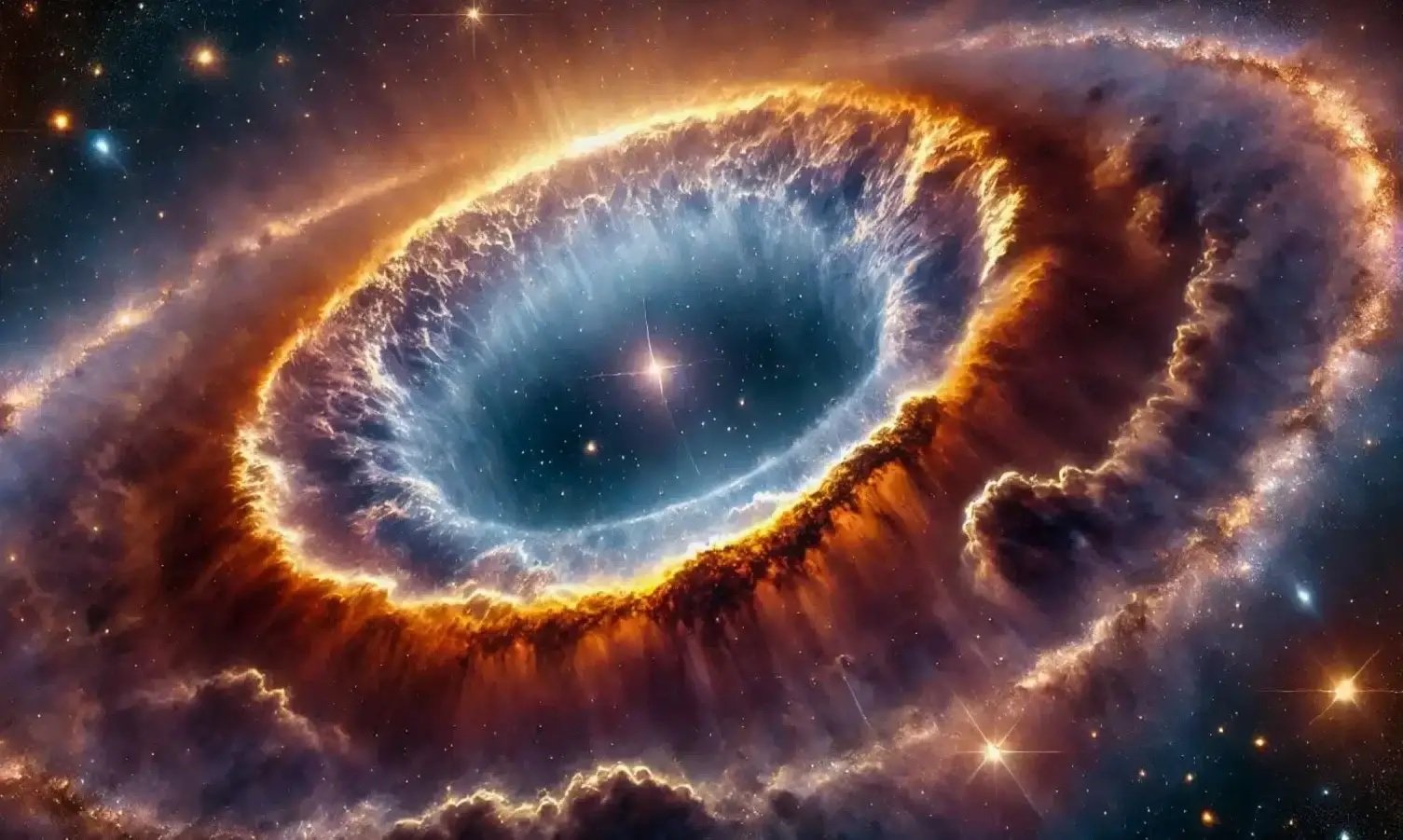
Simulation of an interstellar tunnel. According to scientists , a newly discovered interstellar tunnel could connect to nearby cosmic bubbles. Photo: CC BY-SA 4.0
What is a localized hot bubble?
Our Solar System lies within a low-density bubble called the Local Hot Bubble, which extends for at least 1,000 light-years. However, because its atoms are so sparse, these extreme temperatures have little effect on the matter inside.
Theories suggest that the LHB was created millions of years ago by supernova explosions. A series of these stellar explosions likely blew away the interstellar medium, creating this vast cavity.
Recent breakthroughs from the Max Planck Institute for Extraterrestrial Physics (MPE) have shed light on the true nature of the LHB and its complex structure.
Astrophysicist Michael Yeung and his team used eROSITA, a powerful X-ray telescope on a space observatory, to map the LHB in unprecedented detail. Unlike Earth-based observatories or those affected by our planet’s hydrogen halo, eROSITA operates 1.5 million kilometers above Earth, providing a better perspective.
By dividing the sky into 2,000 sections, the researchers analyzed the X-ray light in each region. They found that the LHB is not a uniform sphere, but is thought to extend perpendicular to the plane of the galaxy.
Michael Freyberg, another key member of the MPE team, noted that the shape of the bubble resembles a bipolar nebula, albeit more pointed and rugged.
And this unusual structure isn't the only discovery. "What surprised us was the existence of an interstellar tunnel leading towards Centaurus, creating a gap in the cooler interstellar medium," Freyberg explains.
Tunnel to the stars?
This tunnel could connect the LHB to a nearby superbubble or other cosmic structures like the Gum Nebula. The finding supports a 1974 theory that proposed the galaxy is made up of hot bubbles and interconnected tunnels.
LHBs have fascinated astronomers since their existence was first proposed more than 50 years ago. Scientists initially used the bubbles to explain mysterious X-ray emissions that could not have reached us through the dense interstellar medium. The theory gained traction when observations revealed a relative void of interstellar dust near our Solar System.
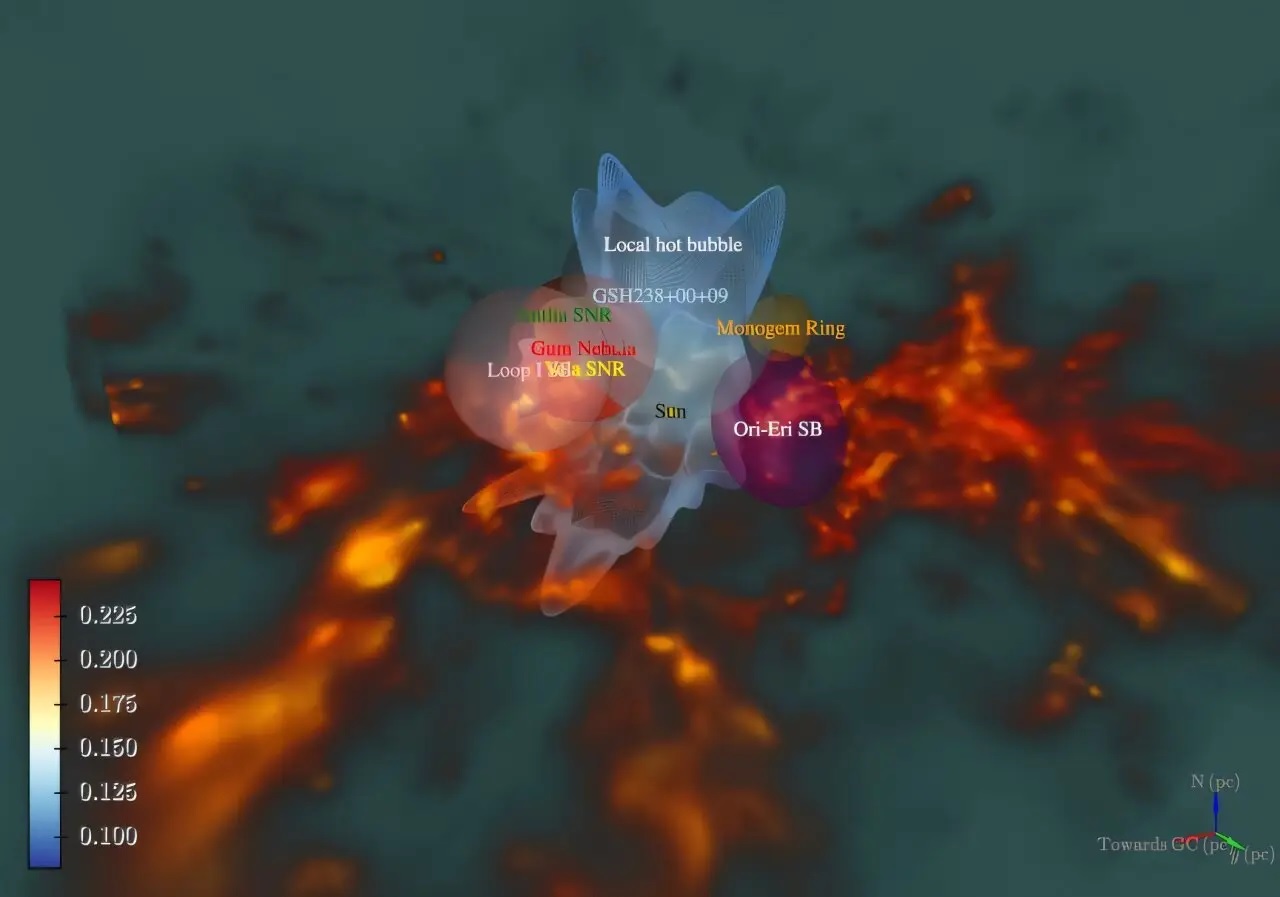
3D model of the Solar System's neighborhood. Photo: Michael Yeung/ MPE
The detailed 3D model built by Michael Yeung's team paints a vivid picture of our cosmic neighborhood, including known supernova remnants, molecular clouds, and even other tunnels, such as the Canis Majoris tunnel, which potentially links the LHB to the Gum Nebula.
The discovery of the Centaurus tunnel could mark the beginning of a new chapter in galactic exploration . If our Milky Way is indeed a vast network of hot bubbles and tunnels, studying these structures could reveal the galaxy’s dynamic history.
The study, published in the journal Astronomy & Astrophysics, also highlights how stellar feedback—energy released from dying stars—shapes the interstellar medium. As researchers continue to analyze eROSITA data, we may soon discover more secrets hidden in the vast universe.
Yellow Sea (according to Astronomy & and Astrophysics, The Brighterside, Futurism)
Source: https://www.congluan.vn/phat-hien-duong-ham-lien-sao-trong-he-mat-troi-co-the-dan-den-cac-he-sao-khac-post320965.html









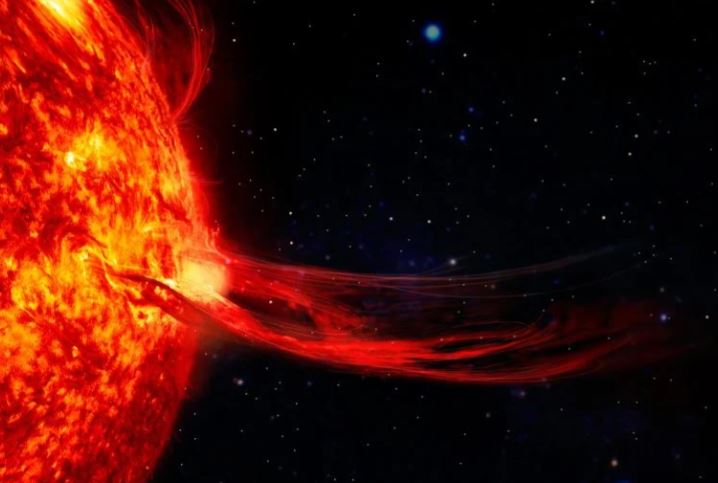

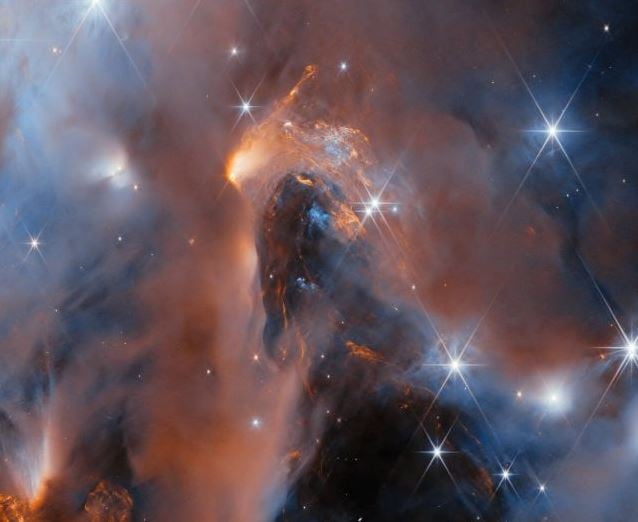
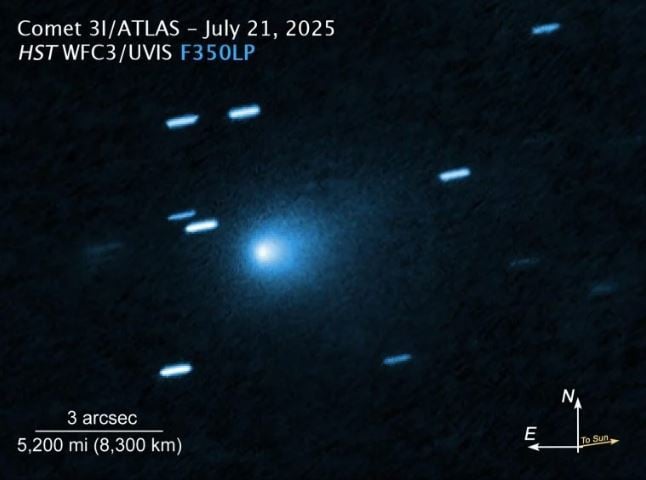
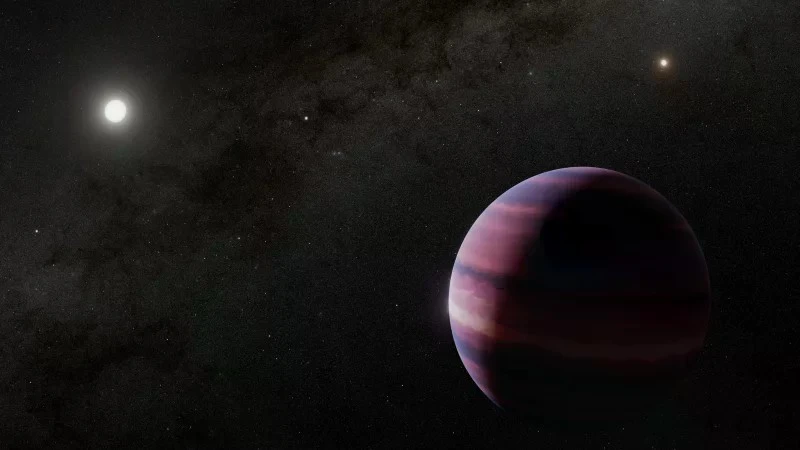

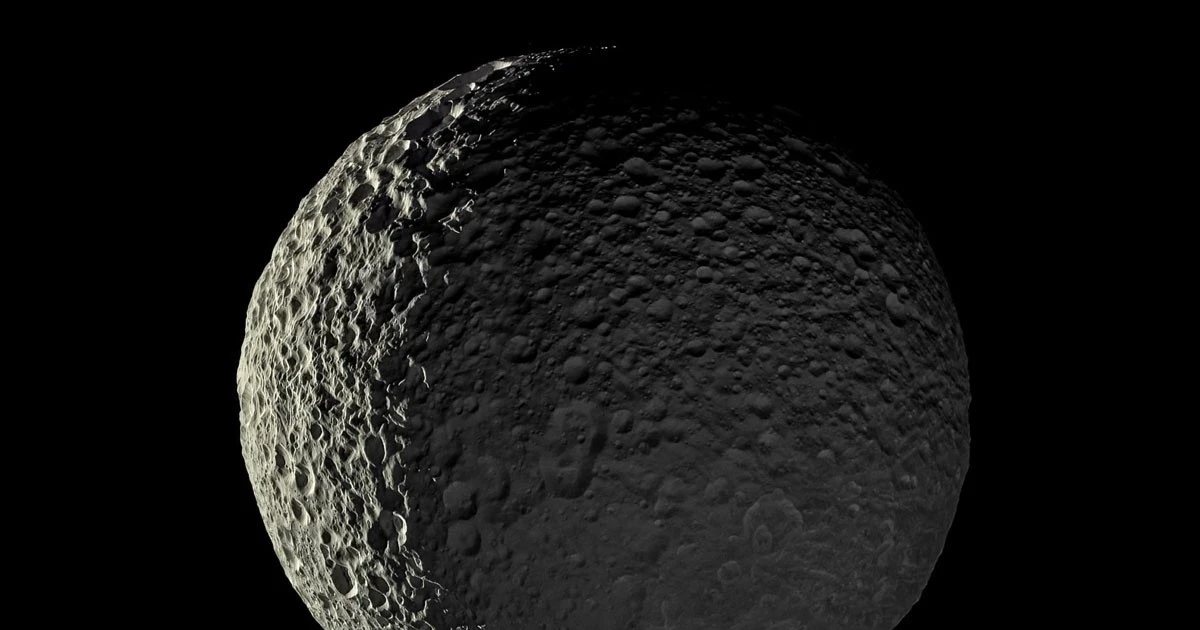
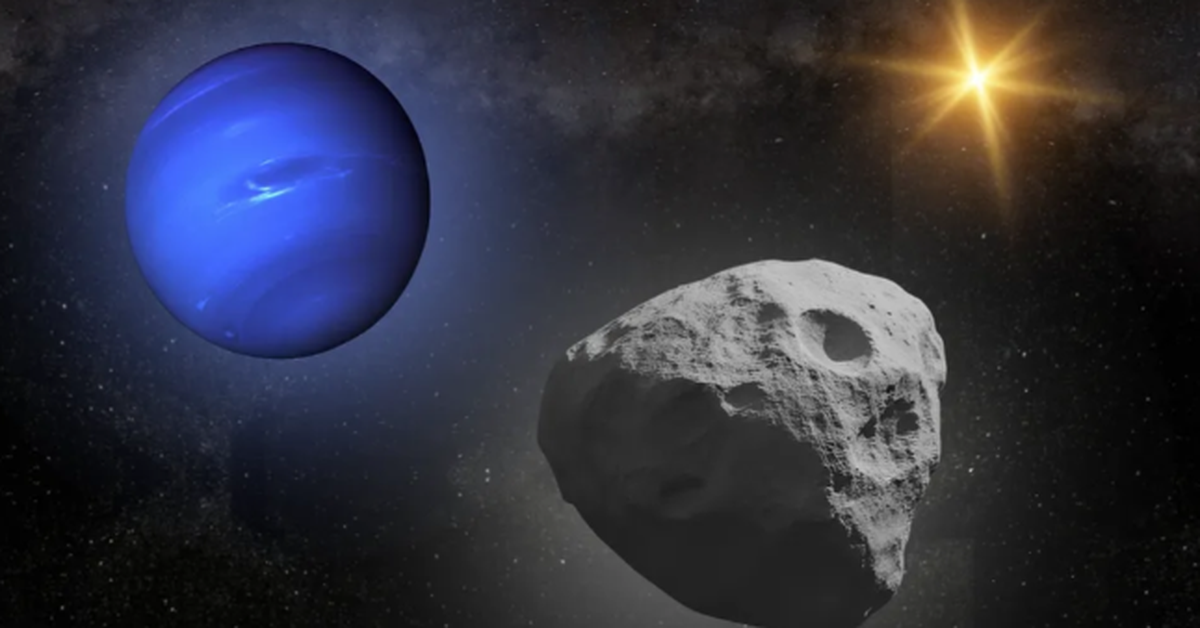


















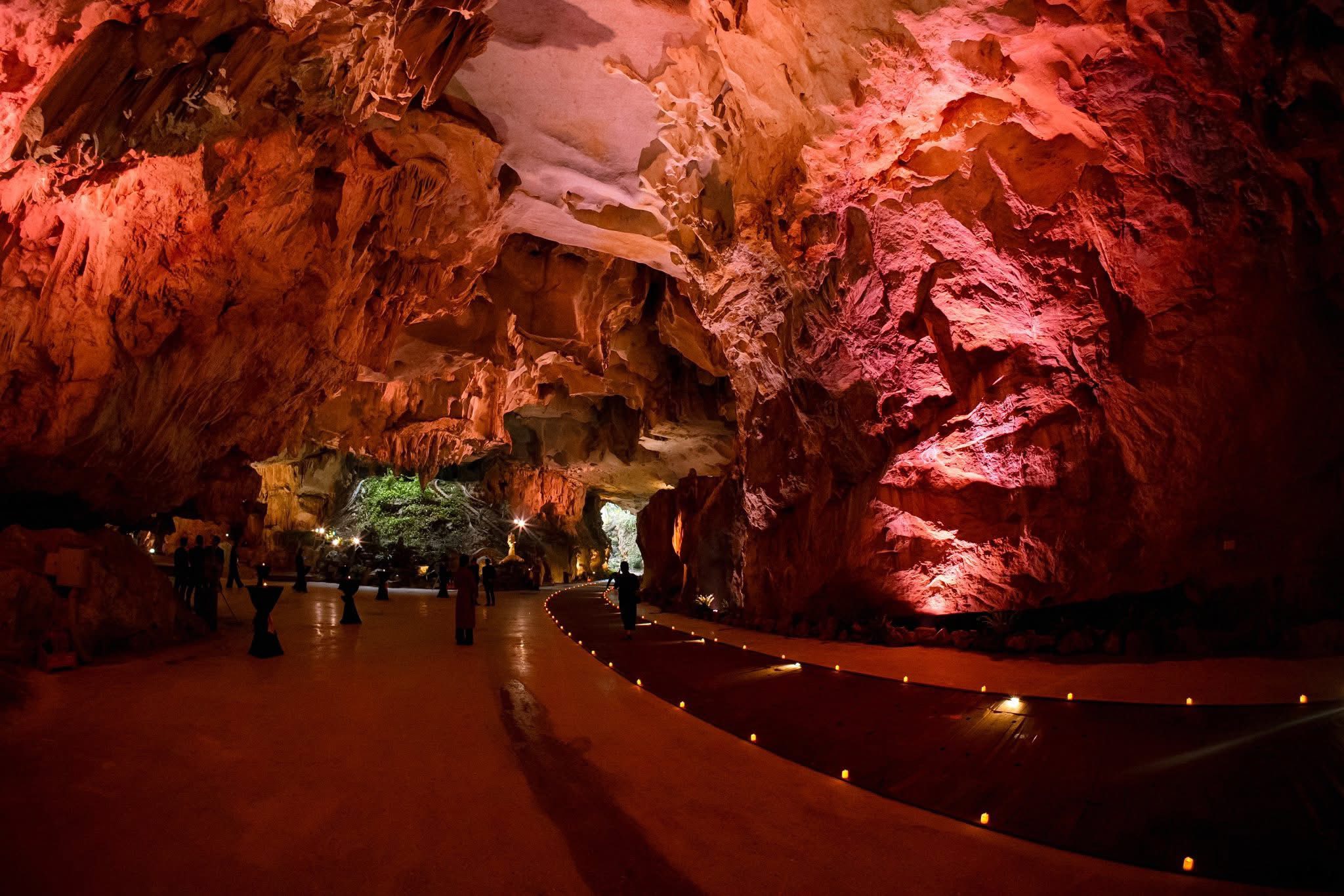





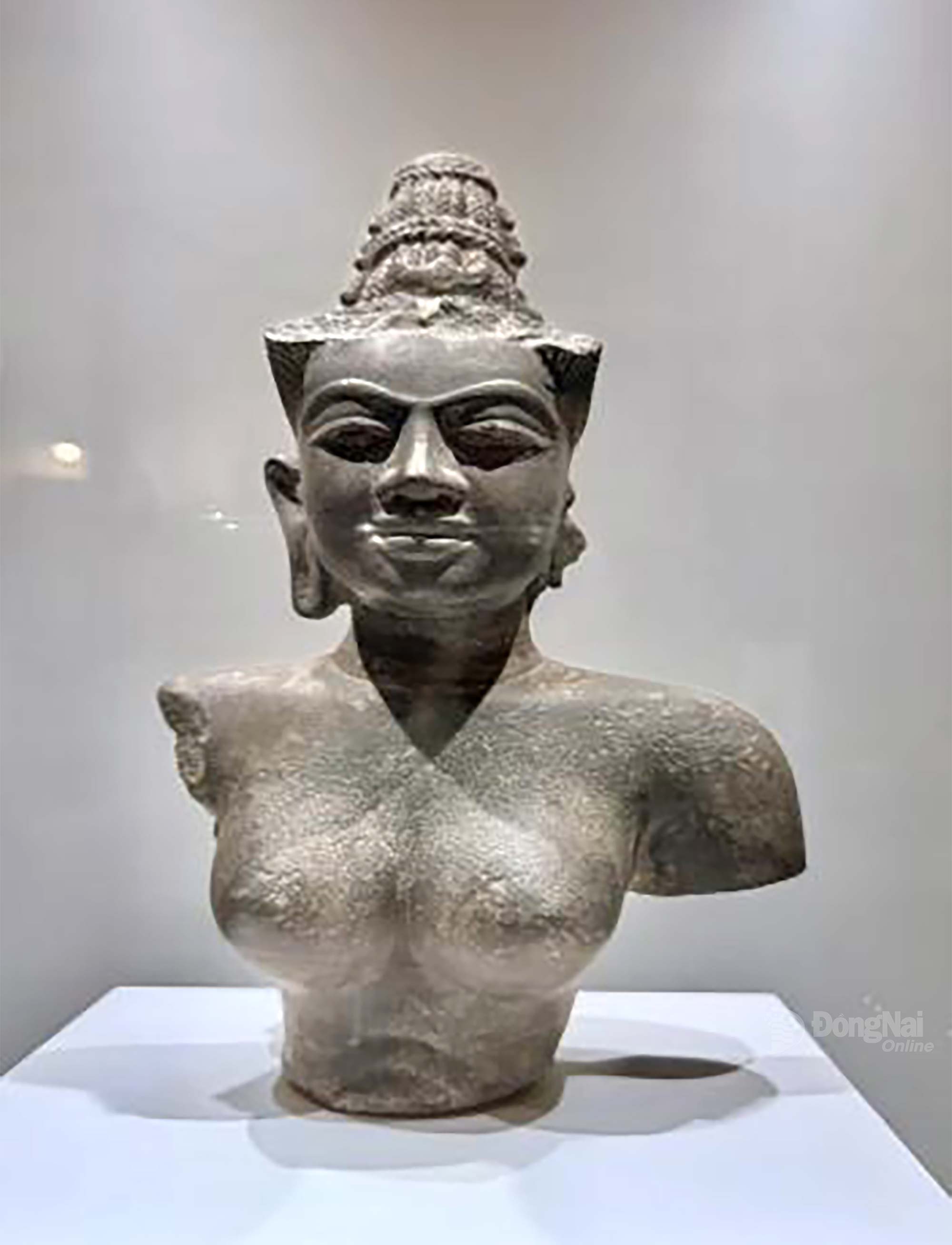





























































Comment (0)